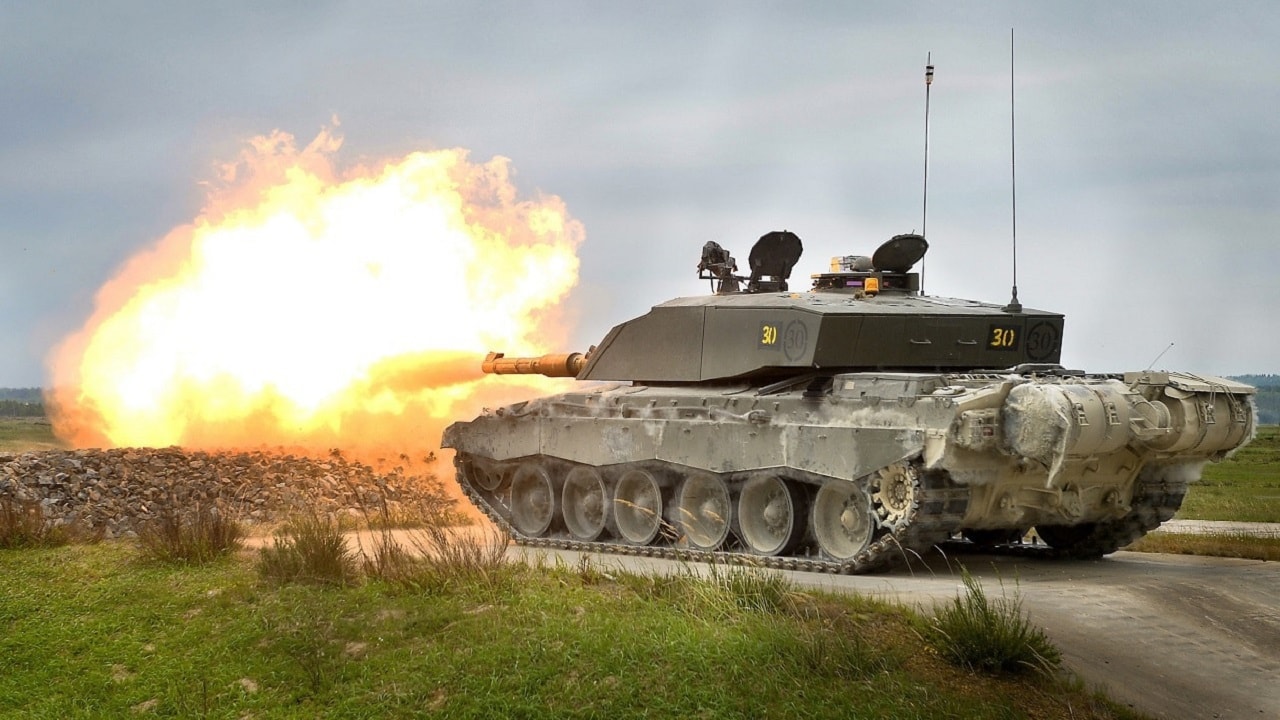On February 25, a day after Russia invaded Ukraine, NATO Secretary General Jens Stoltenberg announced elements of the NATO Response Force (NRF) were heading to Eastern Europe on the unit’s first collective-defense mission.
“This is an historic moment and the very first time the alliance has employed these high readiness forces in a deterrence and defense role,” said US Air Force Gen. Tod Wolters.
The NRF is “a flexible, combat credible force that can be employed in multiple ways,” added Wolters, who is NATO’s Supreme Allied Commander Europe and leads US European Command.
At the core of the deployment is NATO’s Very High Readiness Joint Task Force (VJTF), which will deploy to a NATO country in eastern or southeastern Europe, but not in full.
Its deployment will “further strengthen” NATO’s posture and allow it “to respond quickly to any contingency,” Stoltenberg said.
NATO’s first responders
VJTF is the tip of spear. The force is the alliance’s highest-readiness element, and it can deploy at least some of its troops to anywhere in the world within two days.
VJTF has about 5,000 troops, the majority of them ground forces, organized in as many as five battalions. Its land component is enhanced by air, maritime, and special-operations elements. As a result, VJTF can respond to threats against members’ territory and airspace and protect commercial sea lanes.
The alliance created the task force in 2014, after Russia’s annexation of Crimea changed Europe’s security environment. It was established as part of NATO’s Readiness Action Plan, which NATO called its “most significant reinforcement of collective defense since the end of the Cold War.”
VJTF leadership and membership rotate annually among the NATO members that can field troops able to deploy within the short time required.
The force is based around troops from the country assigned to lead it, which in 2022 is France. It is currently centered on a 3,500-strong Franco-German brigade based in Lille. Poland, Portugal, and Spain have also provided troops this year.
France’s Rapid Reaction Corps high-readiness headquarters will lead the force throughout the year, but overall command remains with NATO’s Supreme Allied Commander Europe.
Due to its rotational nature, VJTF’s exact capabilities are not constant, so NATO tests the force’s readiness levels and capability with regular exercises. The first one, called Exercise Noble Jump, was in 2015 and tested the unit’s deployment speed.
There are political constraints. The unit’s activation is subject to NATO members’ approval. The leaders of NATO countries approved VJTF’s activation at an emergency summit on February 25, but national political approval would be needed for its troops to engage in combat.
NRF: bigger but slower
The VJTF is a component of the NRF, which is a high-readiness force NATO established in 2003. The NRF can deploy anywhere needed within one to four weeks.
NRF has land, air, maritime, and special-operations elements. It is designed to conduct collective-defense, peace-support, and disaster-relief operations.
Operational command of the force rotates annually between NATO’s two Joint Force Commands, though NATO’s Supreme Allied Commander retains overall command. SACEUR, as Wolters is known, will decide where the NRF elements deploy.
Participation in the Response Force also rotates annually, and NATO partner countries, like Sweden and Finland, can participate with alliance approval.
In 2014, in response to the Crimea crisis and the deteriorating security environment in Eastern Europe, NATO increased the NRF’s maximum size from 13,000 personnel to its current 40,000, though the size of the force that deploys depends on the mission at hand.
In response to Russia’s invasion of Ukraine — which Stoltenberg called “the most serious security crisis we have faced in Europe for decades” — air, land, and sea elements of NRF will deploy to Eastern Europe to reassure allies and increase NATO’s deterrence posture.
Stoltenberg said the NRF would not deploy its full strength but did not specify how many non-VJTF troops will be deployed. National units have also been placed on high readiness and can integrate operationally with NRF if required.
The deployment of VJTF and NATO’s Response Force is enabled by NATO’s Force Integration Units, small multinational headquarters designed to facilitate deployment of VJTF and NRF troops and to support cooperation and coordination between NATO and national forces.
The NFIUs were established under NATO’s Readiness Action Plan, and there are now eight of them located in the Baltic countries and in countries on NATO’s southeastern and eastern flanks.
The historic activation and deployment of the VJTF and the deployment of the NRF reflect the high level of concern that NATO has about collective defense in the face of Russian aggression.
Following the emergency summit, Stoltenberg said NATO took Russia’s attack on Ukraine “extremely seriously” because it was “also an attack on the whole European security order.”
Constantine Atlamazoglou works on transatlantic and European security. He holds a master’s degree in security studies and European affairs from the Fletcher School of Law and Diplomacy.

